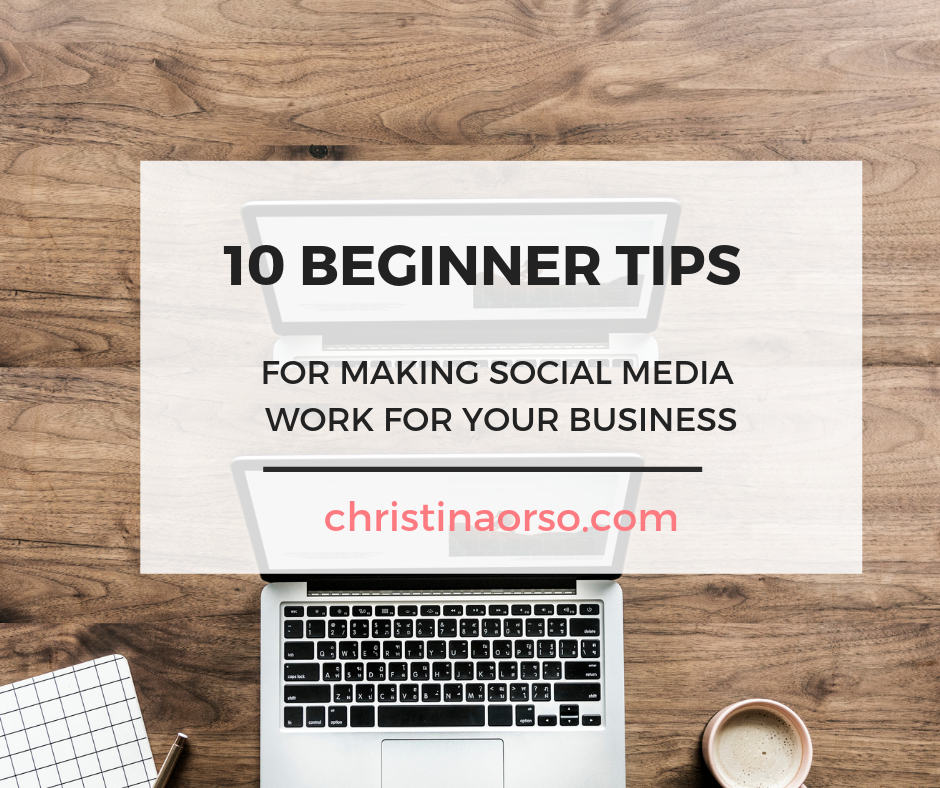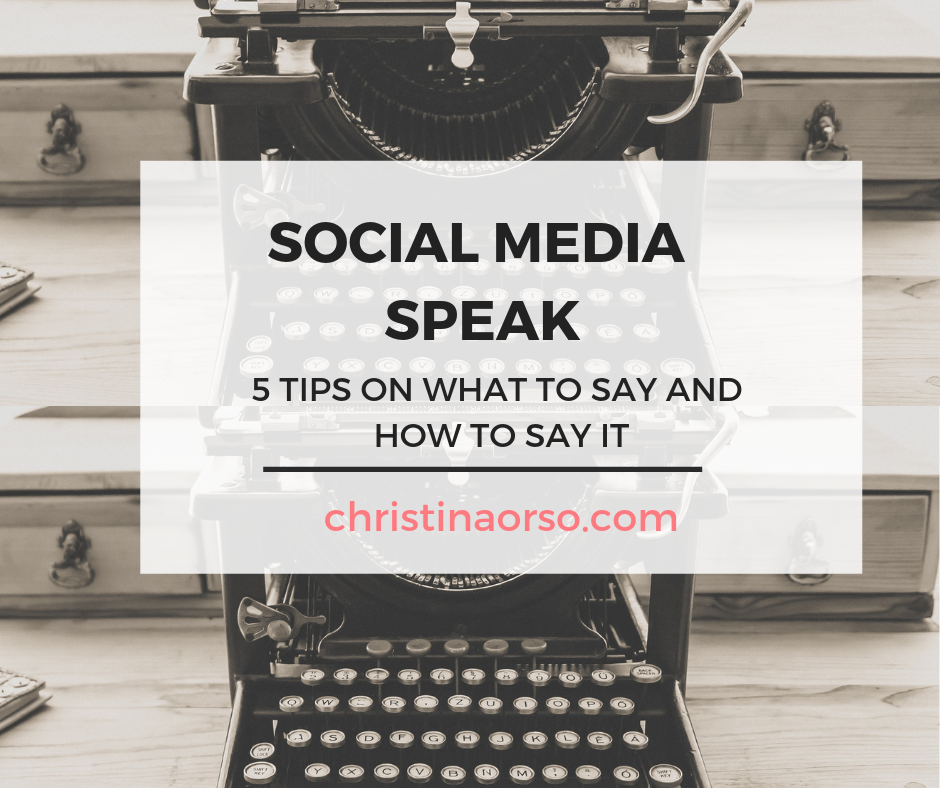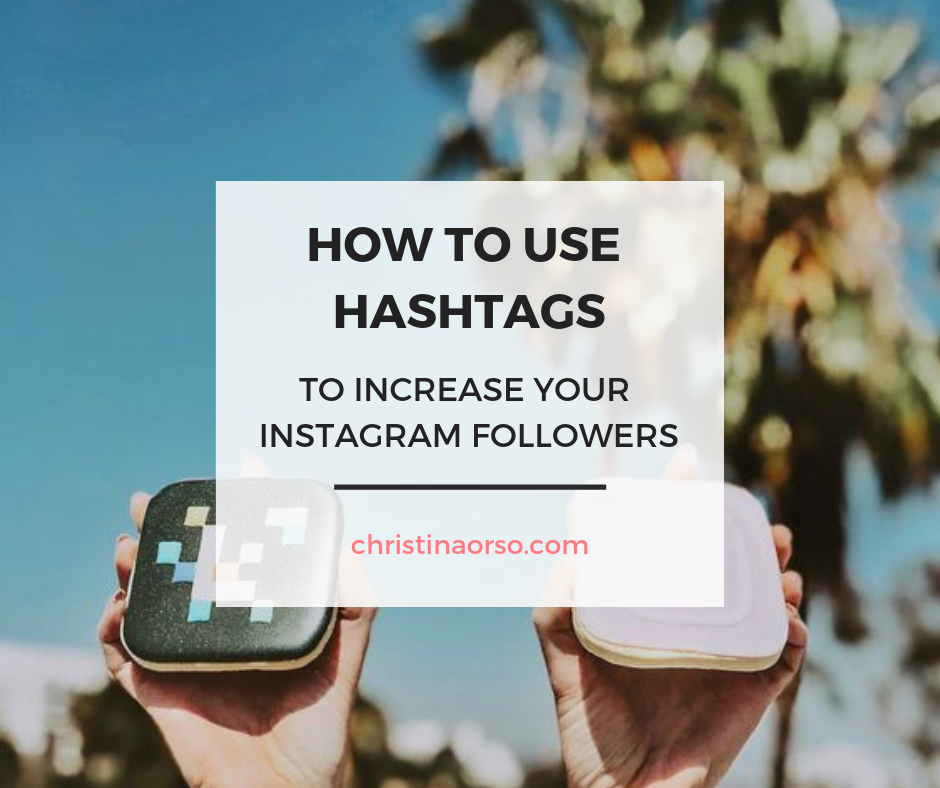 I just celebrated my first anniversary of starting my company. It’s been such a whirlwind, but I can honestly say it was the smartest decision I’ve ever made. I wanted to share some things I’ve learned my first year in business, and offer insight to many of you who are currently contemplating doing the same. Reach out if you have any questions! I’d love to put together a FAQ post as well so be sure to drop a comment below and I’ll respond in a future post. xo.
I just celebrated my first anniversary of starting my company. It’s been such a whirlwind, but I can honestly say it was the smartest decision I’ve ever made. I wanted to share some things I’ve learned my first year in business, and offer insight to many of you who are currently contemplating doing the same. Reach out if you have any questions! I’d love to put together a FAQ post as well so be sure to drop a comment below and I’ll respond in a future post. xo.
1. Narrow down your niche, at least in the beginning. When I was doing influencer partnerships, side hustles and contract work, my projects varied a lot. I worked with restaurants, packaged goods, fitness studios, beauty products, wellness, finance…the list goes on. Choosing a niche was really important to me. Coming out of the restaurant industry and being passionate about food, I decided to focus primarily on restaurants and consumer packaged goods. While that’s still my main focus and the bulk of who I work with, I do a lot of copywriting for other industries like beauty, fitness, and wine. I think it’s important to have a niche to truly be an expert at what you do and then expand from there.
2. Prepare to leave your full-time job in a sensible way. Thankfully my former boss at Boston Burger Company was so generous in allowing me to slowly condense my role in order to find new projects. March is when I began the hunt and my goal was to find enough work to leave by the end of the summer. It came way quicker than anticipated! By April, I told them that May would be the last month in my full-time role. In June, I turned BBC into one of my clients, along with the others I had picked up along the way.
3. Learn to roll with the ebbs and flows and your workload and finances. Some of of my earlier projects were about 3-months in length. Knowing that, I was always preparing to find something to replace them. I also filled gaps with smaller projects — usually copywriting and blogging for brands. In July & August, work was slooowwww. I got a little nervous, but my former boss convinced me to hang tight, because work always picks back up in September. Like clockwork, it did…and then some. The majority of my clients now are long-term, but knowing anything can change in an instant, I’m always keeping new projects in rotation. One thing I would strongly recommend is building up your savings beforehand. I prepared for slower months by saving 12+ months of salary. Thankfully I never had to touch it, but in those slow summer months, I found comfort in knowing the money was there if I needed it.
4. Separate business and personal expenses. I will be totally transparent in that I did not separate my finances in the beginning. Because I always had a side hustle before starting an actual business, everything was just going into my personal checking and savings. It gets way too messy and I strongly urge anyone starting a business to immediately open three things: a business checking, a business savings (put your tax money there) and a credit card with a good rewards program. I am partial to American Express and have two cards with them.
5. Do what you love and automate or outsource the rest. Know when to do the work yourself and when to contract out little tasks. In the beginning, I thought I was supposed to do everything. But there were a few days of “Oh my God I can’t handle this all alone” sprinkled in. I am very strong-minded and wanted to do everything myself. But it doesn’t always work out that way and it’s no way to do business. I eventually learned to let go of control and outsource things that I knew somebody else could do quicker than me. Examples of what I contracted out were media lists, super technical website stuff, and video editing. There are just some things that you need to be okay with someone else being the master at.
6. Set up a routine for success. I thrive off of routine so I know how important it is to have one to be successful. I could do an entire blog post on this but I’ll keep it simple today. Things I keep routine are the time I wake up, what I do before starting my day, how I organize my week, and how I time block throughout each day. I also keep certain things the same as much as possible so as not to create unnecessary decision-making for myself. Like what you ask? I eat the same thing for breakfast every day. Why? As a business owner, you’re forced to make so many decisions all day long and if I can eliminate one right away at breakfast, COOL.
7. Have an online portfolio. I was so overwhelmed by this in the beginning because I had so many side hustles over the years that I wanted to showcase. But thankfully from having my previous blog and a social media following, it was more a matter of getting info in the same place, which is why it is essential to have a website!!! It blows my mind when I meet someone who has a business without a website. I built mine on WordPress because for one, I’ve been using the platform since starting my blog in 2009, but also because it is highly customizable.
8. Always be learning. I have an almost embarrassing list of podcasts I listen to. I am constantly checking books out from the library. The Amazon bookstore is a second home. I actually enjoy taking online courses. And I love, love, love Google. If you don’t know the answer to something, Google it. Something more in-depth? Find a book or an online certification and teach yourself.
9. Reward yourself for your successes along the way. In this crazy world of entrepreneurship, you have to remember to take care of yourself. Whether it be completing a huge project or landing an awesome new gig, pat yourself on the back every now and then. It can be little things like taking a full day off (this is a huge lol in my book though), getting a massage (I get those more now than ever), or gifting yourself a big purchase (I have a one luxury purse a year rule 😉). Trust me when I say that when I finish the catering website I am building right now I will be treating myself to a carrot cake and quite possibly a new wardrobe.
10. Be gracious, kind, and respectful. Anyone you know can be a referral, potential client, or even a potential assistant. Treat everyone as someone you may one day do business with. I am also a firm believer in helping others as much as you can. Our knowledge and expertise is meant to be shared, not selfishly kept to ourselves in order to get ahead of others. Giving to others will always come back to you!
Thank you to everyone I have worked with this past year and a friendly hello to everyone else who is reading! If you have questions, feel free to leave a comment below or reach out to me on Instagram.



